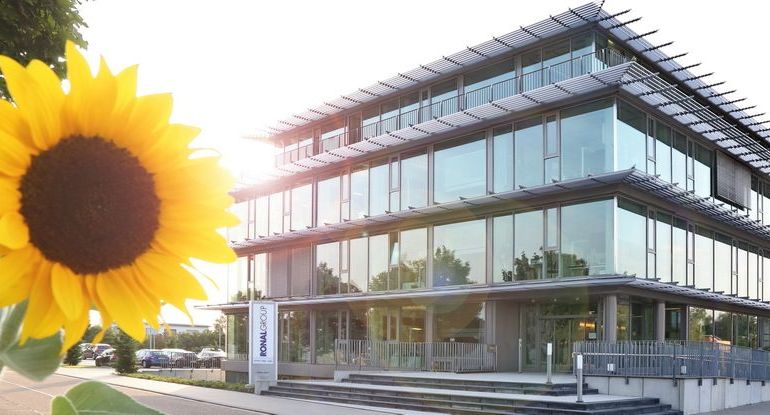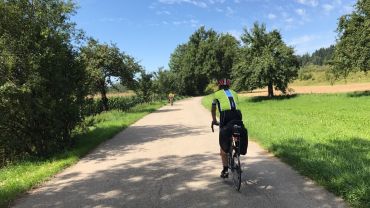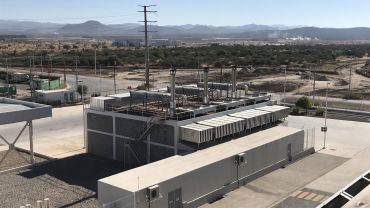Geothermal energy refers to the use of heat energy stored within the earth. Making geothermal energy usable requires a borehole, which may be anything from a few meters to several kilometers deep, depending on the application. The (earth’s) heat is extracted from the surrounding rock or groundwater, which is then conducted upwards via boreholes. If the temperature of the geothermal resource meets the requirements, the energy can be used directly. Otherwise, it is possible to adjust the temperature of the resource before it is used, for example by using a heat pump.
Why do we use geothermal energy?
Geothermal energy provides an emission-free energy source that is always available, right beneath our feet. From a depth of around 15 m there are hardly any seasonal temperature fluctuations, making this a consistently available energy source all year round. Moreover, unlike an oil burner, there are practically no heat and conversion losses or expenditure involved in producing and transporting the fuel.
RONAL GmbH has opted for geothermal energy for heating and cooling in the reconstruction of its administration building. We consider it important to save primary energy, and at the same time contribute to operating economically in an environmentally responsible way. In cooperation with the company Krämer Brunnenbau, which is based in the region, we drilled our own wells (depth: 21 m, diameter: 1 m) so that we can use the temperature of the groundwater both for heating (approximately 120 kW) and for cooling (approximately 50 kW) our building. In accordance with our PLANBLUE sustainability concept, the thermal and electrical energy requirements at the Forst site are therefore covered in a manner that is almost completely CO2-neutral.
Photo: Simone Staron



